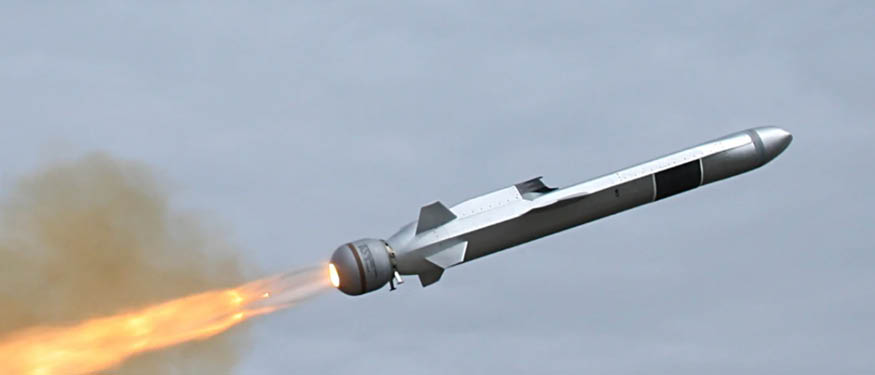Popescu & Asociatii Partner Loredana Popescu and Avellum Partner Maksym Maksymenko look at the current status of agribusiness in their countries – both traditional powerhouses in the sector – highlighting how they are managing to show resilience despite tough years.
New Challenges, Old Strength
Agribusiness, which has historically thrived in both Romania and Ukraine, has managed to stay resilient despite facing recent challenges. “The severe impact of Russia’s large-scale invasion, including damage to seaports and silos from shelling,” as well as “unfavorable weather conditions in 2024 that have impacted the grain and oilseed harvest,” have left a mark on Ukraine’s agribusiness, according to Maksymenko. Despite these setbacks, “Ukraine continues to be a global leader in the export of oilseeds and grains, particularly wheat and corn, approaching pre-war export levels in these critical categories.”
Romania has similarly demonstrated resilience in its agricultural sector, according to Popescu. “Eurostat figures show that in 2023, Romania was in the top 5 producers of wheat and corn in the EU, being the largest exporter of corn in the 2022-2023 season and the second-largest exporter of wheat.” For 2024, the prognosis is promising for Romania, as Popescu indicates that “Romania is forecast to remain the fourth largest cereals producer in the EU after France, Germany, and Poland, with a total production estimated at around 22-23 million tons.” This strong performance is supported by the fact that Romania has “more than 9 million hectares of arable land, placing it at the top of the agricultural areas in Europe,” she notes. At the same time, “crop production amounted to EUR 14.5 billion in 2022 and livestock production to EUR 7.1 billion,” she says, highlighting that “Egypt is the main recipient of Romanian wheat, with significant exports to countries such as Algeria, Saudi Arabia, and Jordan.”
Four Years of Multiple Crises
Still, there have been some challenges. For Ukraine, logistics chains have seen significant disruptions. “The complete blockade of seaports was a significant obstacle, eventually forcing Ukraine to create the maritime corridor unilaterally and partially relocate export routes to Ukraine’s western borders,” Maksymenko notes. “Early in 2024, non-marine routes also experienced disruptions when Ukrainian trucks were temporarily blocked due to protests at the Polish border.”
In addition to these logistical hurdles, Maksymenko highlights “rocket attacks, which have targeted grain storage facilities, food warehouses, ports, and civilian cargo vessels, resulting in regular losses and damage. The war has also led to a reduction in arable land due to mining and pollution, the destruction of storage facilities and machinery, and rising prices for fertilizers, fuel, and plant protection products.”
The outlook in Romania is complex too. “2024 is a standby year for most Romanian companies, coming after four years of multiple crises, inflation, and logistical problems,” Popescu notes. As an example, “the division of agricultural areas and the lack of an agricultural cadaster are among the biggest problems facing Romania at the moment. This is also happening because Romania has the most fragmented agricultural area in the EU with almost 3.8 million farms in 2010, representing 31% of the EU total, due to the result of the property restitution policy made after the fall of the communist regime in 1989.”
“Without strategic planning, restructuring of operations, and leadership capable of anticipating market developments, many Romanian companies, especially in the SME sector, risk disappearing,” she adds. “In the new economic reality, the outlook has to also consider a myriad of factors, from the ever-increasing pace of innovation to the field of artificial intelligence and changing consumer habits.”
Finding a Way Forward
In light of these factors, there have been some positive developments in addressing the issues from both legislative and business perspectives. “The Ukrainian government rapidly introduced measures, including automatically extending land leases to maintain the 2022 sowing campaign, simplifying land allocation and designation change procedures for businesses relocating from the front and pre-front lines, and providing land tax exemptions for land plots in temporarily occupied territories,” Maksymenko points out. “The government also moved forward with the second phase of opening the agricultural land market, allowing Ukrainian legal entities to purchase agricultural land starting January 1, 2024, regardless of some NGOs suggesting a delay. Another key political decision to ensure safe harvesting was the priority reservation of agricultural workers from mobilization.”
To stabilize the market, driven by “high inflation, rising fertilizer, and diesel costs, and a labor shortage,” the government also “implemented minimum export prices for key products such as honey, soybeans, wheat, corn, and oil,” Maksymenko explains. “Additionally, agricultural producers can access preferential loans of up to EUR 2 million through the Affordable Loans 5-7-9% national program.” The Ukrainian government, according to him, also operates “the State Agrarian Register – an online platform where individuals can apply for various support programs funded by the state budget and international aid. These programs support modernizing irrigation systems, farming in liberated areas, purchasing fertilizers and seeds, and cultivating specific crops.”
Additionally, “after Russia’s withdrawal from the Black Sea Grain Initiative, the Ukrainian authority, enlisting the help of international partners, has established a new maritime corridor for cargo ships,” Maksymenko says. “This corridor has demonstrated remarkable effectiveness due to the success of the Ukrainian military in the Black Sea over the Russian navy, additional air defense systems, and the introduction of a risk insurance mechanism. In addition, Ukrainian agrarians are developing alternative export routes, such as Danube ports, rail, and road transport.”
As for Romania, the country has benefited from “European funds through the Common Agricultural Policy (CAP), which supports farmers and promotes sustainable agricultural practices,” Popescu notes. “The new CAP for the period 2023-2027 emphasizes greening agriculture and supporting small farms.” On top of that, “the Romanian government provides subsidies for various crops and for rural development. These subsidies are essential to maintain the competitiveness of Romanian farmers on the European market.”
“Although we are among the top producers of wheat, for example, we do not process enough and still export raw materials, and this is either due to the lack of sufficient labor force or the lack of necessary technologies for production and processing,” Popescu adds. To address it, “national and European legislation on food safety, environmental protection, and workers’ rights influence the way farms are managed. Compliance with these regulations is crucial for access to the international market.”
What’s Next?
In terms of what to expect, the prognosis appears to be somewhat positive. Maksymenko believes that “the future of Ukraine’s agribusiness largely depends on the situation at the frontline and the potential for a ceasefire. Given the current conditions, the sector’s success will depend on its ability to adapt and remain flexible during wartime challenges.” Key factors, he notes, “will include strengthening air defense for agricultural infrastructure and seaports against missile and drone attacks, de-mining of the territories, enhancing the Black Sea and the Danube river corridors, and constructing dry ports near the borders with Poland, Hungary, Romania, Moldova, and Slovakia.”
Looking ahead, Popescu believes that “one of the most important opportunities is the automation and digitization of processes to enable farmers to optimize their production costs, be more profitable, and thus access credit at advantageous costs. Consolidation of the farm is another area of focus, along with its development by integrating more value-adding links into the business.”
“The strategic objectives of the Romanian plan are to develop a resilient and sustainable agricultural sector by increasing the economic viability of farms, reducing income disparities between farms, and increasing the market orientation and competitiveness of the agricultural sector,” Popescu concludes. “The plan will also support farmers who contribute to environmental protection, improve farm animal welfare, and ensure coherent socio-economic development of rural areas.”
This article was originally published in Issue 11.9 of the CEE Legal Matters Magazine. If you would like to receive a hard copy of the magazine, you can subscribe here.
















